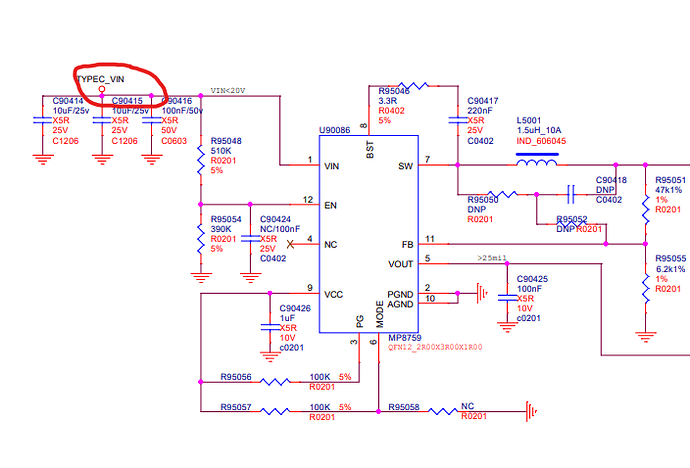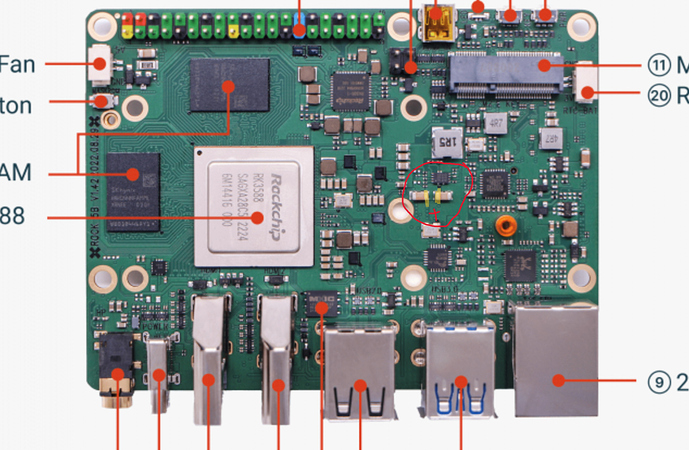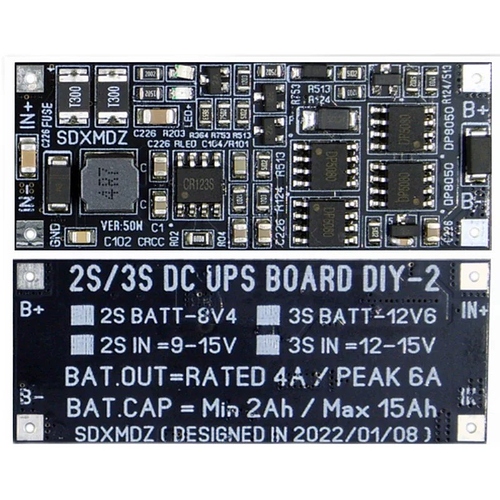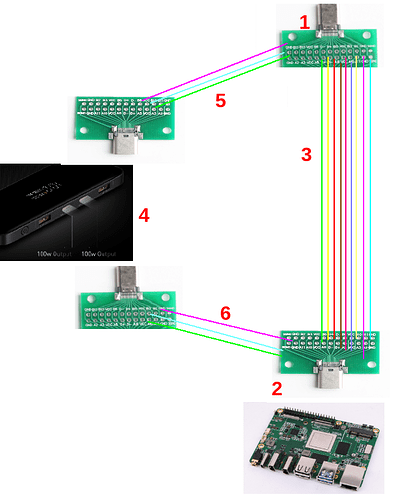I don’t have Rock 5 yet, but going to buy one for my next custom keyboard project. However, I’m not experienced in electricity stuff, read a lot of comments about powering Rock 5B, but still have concerns.
What I try to achieve:
Put Rock 5B/A inside custom made keyboard, add power bank, LCD and I have a laptop. If I connect usb-c monitor - I would have second display, plus it would charge power bank (Same as it works with most usb-c laptops).
However I cannot think what powering options/adapter/etc to use, at least theoretically. Closest what I can think are these two options:
Option 1:
Rock 5B + good 60-100W usb-c PD power bank.
I connect power bank to usb-c port on Rock5B. To charge I connect charger to the power bank. If I want second display - HDMI is the only option (as usb-c is in use for power bank).
This option is simple and I bet it would work. However I won’t be able to connect usb-c monitor directly (without disconnecting powerbank cables).
Few question about this option:
- maybe I can workaround this option by putting some usb-c adapter in front, some female usb-c port to the case? I mean I connect usb-c monitor to “some adapter”, it splits my monitor signal to hdmi cable and one more usb-c to power my power bank?
Option 2:
If I connect power bank to GPIO power input (5V 3-4A as I read from comments) and leave usb-c for external monitor. Questions:
2) would this setup power my power bank once usb-c monitor is connected?
3) do you guys have any example of such UPS/battery/powerbank to connect to GPIO with 5V 3-4A? Anything like this would work?
Any other ideas welcome. And thanks for your time!





